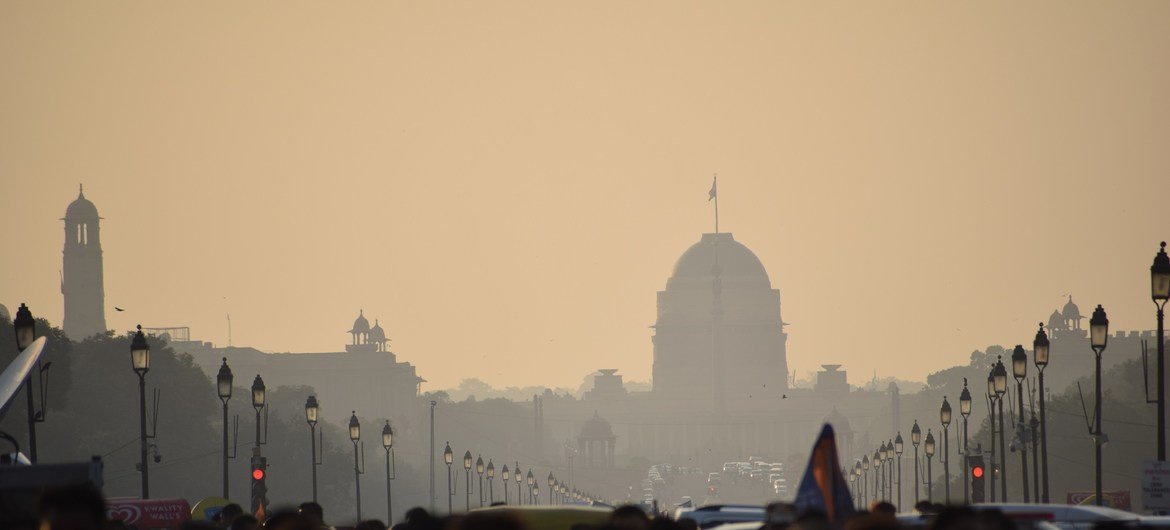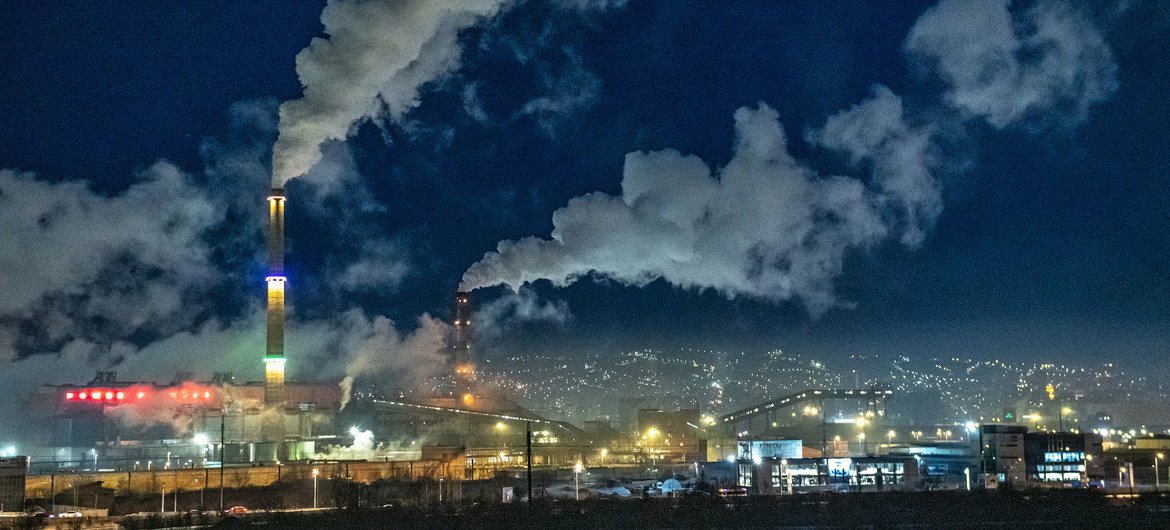A report released today by the World Health Organization shows that 99% of the world’s population is breathing air that exceeds WHO air quality limits, threatening their health, and people living in cities are breathing unhealthy levels of fine particulate matter and nitrogen dioxide, with people in low – and middle-income countries the most affected.
The report notes that more than 6,000 cities in 117 countries are monitoring air quality, a record number. The World Health Organization stresses the importance of limiting the use of fossil fuels and taking other practical measures to reduce air pollution levels.
Fine particulate matter and nitrogen dioxide
Nitrogen dioxide is a common urban pollutant and a precursor to particulate matter and ozone. The 2022 update of the WHO Air Quality Database introduces ground-based measurements of annual mean concentrations of nitrogen dioxide (NO2) for the first time. The update also includes measuring particulate matter with a diameter equal to or less than 10 microns (PM10) or 2.5 microns (PM2.5). These two types of pollutants mainly come from human activities related to the burning of fossil fuels.
The new air quality database is the most extensive to date covering surface air pollution exposure. About 2,000 more cities/human settlements now record ground-based monitoring data for particulate matter, PM10 and/or PM2.5 compared to the last update. This marks a nearly six-fold increase in the number of reports since the database was launched in 2011.
At the same time, the evidence base for the damage air pollution does to the human body has been growing rapidly, with evidence suggesting that many air pollutants can cause serious harm even at very low levels.
Particulate matter, especially PM2.5, can penetrate deep into the lungs and enter the bloodstream, affecting the cardiovascular, cerebrovascular (stroke) and respiratory systems. New evidence suggests that particulate matter can affect other organs and also cause other diseases.
Studies have shown that nitrogen dioxide is associated with respiratory diseases, particularly asthma, resulting in respiratory symptoms (such as coughing, wheezing or difficulty breathing), hospitalizations and emergency room visits.
“High fossil fuel prices, energy security and the urgency of tackling the twin health challenges of air pollution and climate change underscore the urgent need to accelerate the building of a world less dependent on fossil fuels,” said WHO Director-General Tedros Adhanom Ghebreyesus.

Measures to improve air quality and health
Who is calling for rapid and intensified action to take measures to improve air quality. For example, adopt or revise and implement national air quality standards in line with the latest WHO air quality guidelines; Supporting the transition to clean household energy for cooking, heating and lighting; Building safe and affordable public transport systems and pedestrian – and bike-friendly networks; Implementing stricter vehicle emissions and efficiency standards; Mandatory inspection and maintenance of vehicles; Investing in energy-efficient housing and power generation; Improving industrial and municipal waste management; Reduce agroforestry activities such as agricultural waste burning, forest fires and charcoal production.
Most cities have problems with nitrogen dioxide
Of 117 countries that monitor air quality, 17 percent of cities in high-income countries have air quality below WHO air quality guidelines for PM2.5 or PM10, the report said. In low – and middle-income countries, less than 1% of cities meet WHO recommended thresholds for air quality.
Globally, low – and middle-income countries are still more exposed to unhealthy levels of particulate matter compared to the global average, but NO2 patterns differ, suggesting less difference between high – and low – and middle-income countries.
Need for improved monitoring
Europe and, to some extent, North America remain the regions with the most comprehensive air quality data. While PM2.5 measurements are still not available in many low – and middle-income countries, they have improved significantly between the last database update in 2018 and this update, and 1,500 more human settlements in these countries monitor air quality.
Post time: Aug-24-2023



